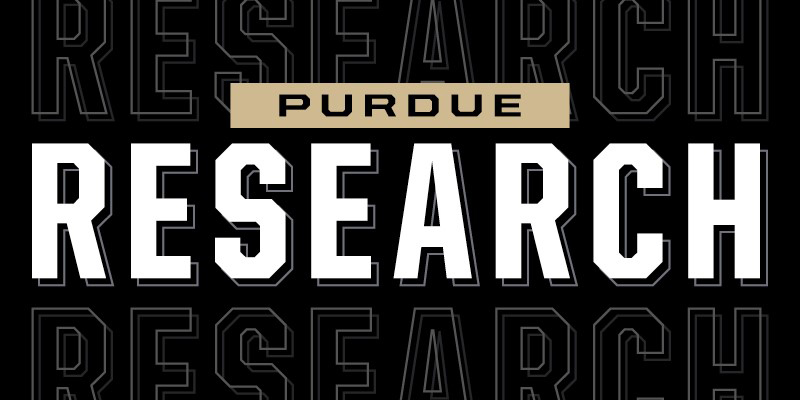
Key research finding
It can take decades for scientists to identify physical laws, statements that explain anything from how gravity affects objects to why energy can't be created or destroyed. Purdue University researchers have found a way to use machine learning for reducing that time to just a few days. Their study is one of the first demonstrations of using machine learning to discover physical laws from data.
Machine learning models typically struggle with learning new physics and explaining predictions. The approach that Purdue researchers developed enabled machine learning to interpret Newton's second law of motion and Lindemann's law for predicting the melting temperature of materials. The approach even optimized the Lindemann melting law to be simpler and more accurate.
Based on their findings from this study, the team developed a tool that other researchers can use for achieving simpler and more interpretable machine learning models. The tool is available online via nanoHUB.
Purdue professor, title
Alejandro Strachan is a professor of materials engineering. His lab specializes in modeling materials at atomic scales and materials informatics.
Journal name
Scientific Reports. The study is available online open access on the journal's website.
Funding
Partial support comes from the Network for Computational Nanotechnology, a multi-university center sponsored by the National Science Foundation.
Brief summary of methods
Machine learning systems run on neural networks that are often too large and complex to easily discover the simplest explanation of an event or observation, a concept called parsimony. Purdue researchers found that enforcing parsimony on these neural networks through so-called "stochastic optimization" enables them to better balance simplicity with accuracy, effectively teasing out interesting physics from data. The researchers trained the parsimonious neural networks using data from papers on Newton's second law of motion and the Lindemann melting law. After running simulations of these neural networks for days on supercomputers at Purdue, the researchers were able to produce models that demonstrated these physical laws.






